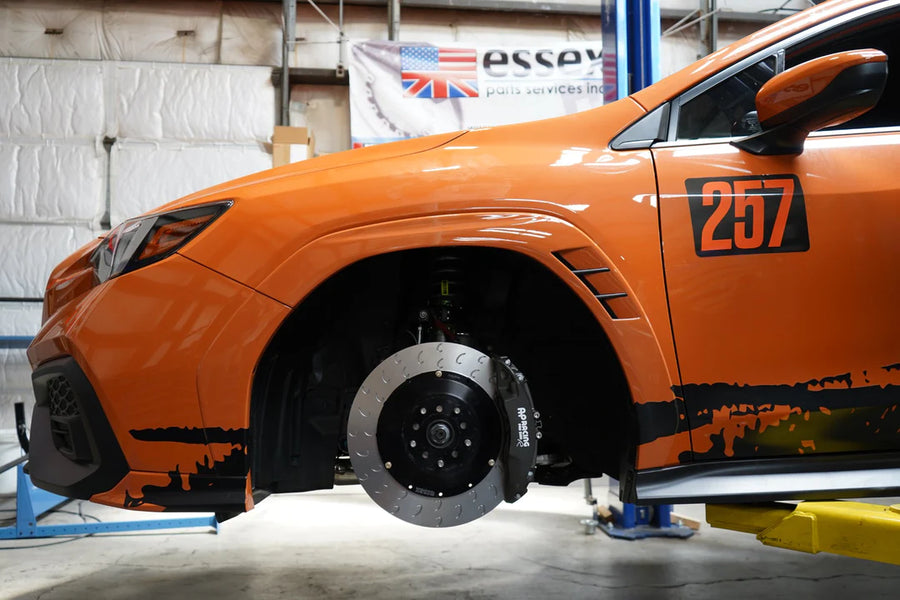Exhaust Manifolds vs. Headers: What Are the Differences?

What are the differences between an exhaust manifold and a header?
Manifolds and headers both work to guide fumes from the engine toward the exhaust system. However, a manifold is a standard factory-issue car part, while a header is a common aftermarket upgrade. Learn more about how to distinguish a header from a manifold.
Manifolds
An exhaust manifold on a car collects exhaust gases from the cylinders in your car’s engine and routes them all toward the exhaust system. Manifolds are often made of stainless steel or thick cast iron, and they come standard on most cars these days.
Headers
A header performs the same function as a manifold—it collects all those gases from your engine and pushes them into the exhaust. However, exhaust headers are made of stainless steel tubing with thin walls that allow the exhaust gases to move quicker and more freely. A header is a common aftermarket modification made to boost engine power.
Primary Differences
So, headers and manifolds perform essentially the same function on a car. What are some differences between them that will help you choose which part is best for your car?
Material
As previously mentioned, exhaust manifolds are often made of thick cast iron, though some are made of stainless steel. Headers are thinner and more lightweight overall, made of thinner stainless steel tubing to allow for free-flowing air and fuel combustion mixture.
Back Pressure
One of the main differences between a header and a manifold is the amount of back pressure each produces. Back pressure refers to the pressure the exhaust gases create in the engine to overcome the exhaust system’s hydraulic pressure.
Headers decrease the amount of back pressure in the car, allowing the engine to “breathe” easier and take in more oxygen to burn fuel. This is why you’ll often see headers installed on high-performance racing cars.
Inlet Length
Exhaust manifolds feature shorter inlets, sometimes of varying lengths, which limits the amount of air they can distribute to the engine cylinders.
Meanwhile, headers have long, thin inlets made of stainless steel tubing of uniform size. This allows for more airflow in the engine, which means more powerful fuel combustion.
Regarding the differences between exhaust headers and manifolds, it all comes down to how much air you want to let into your engine. Exhaust headers are lightweight and allow much more air to get into your engine. If you want an easy way to boost your engine’s performance, consider installing a header from Dirty Racing Products today.













